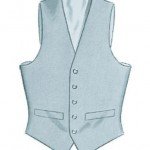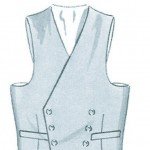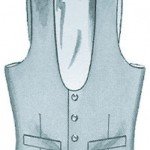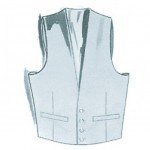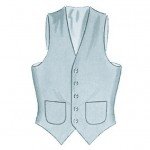As part of “Throwback Thursday”, we thought it was timely to revive this piece, written by Henry Herbert founder Charlie Baker-Collingwood on Wool: the Cloth of Kings.
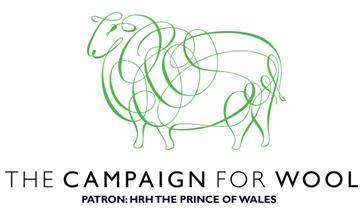 I felt extremely privileged to attend the Society of Dyers & Colourists conference at the magnificent Clothworkers’ Hall in London. We were treated to a fascinating group of speakers – including the Scottish weaver Malcolm Campbell who gave a truly gripping talk about wools. Wool is an extremely important textile in so many ways and indeed the cause has been taken up by HRH Prince of Wales with the Campaign for Wool. I tried to scribble down as much of what he said as possible,
I felt extremely privileged to attend the Society of Dyers & Colourists conference at the magnificent Clothworkers’ Hall in London. We were treated to a fascinating group of speakers – including the Scottish weaver Malcolm Campbell who gave a truly gripping talk about wools. Wool is an extremely important textile in so many ways and indeed the cause has been taken up by HRH Prince of Wales with the Campaign for Wool. I tried to scribble down as much of what he said as possible,
“In 1792, James MacArthur arrived in an inhabited Australia with eight yews and two rams. The Australian wool industry grew from that and today the country, as a result, has over one hundred million sheep. Indeed the global population of over six billion people live amongst a global sheep population of over one billion….56 million of those sheep living in Iran alone (the UK has a sheep population of about 25 million).
Wool can come from a variety of sources including camels, buffalos, sheep and many other animals and they can be spun to accommodate local preferences – buffalo wool for suits in America, cashmere wool for the Indian market and camel wool for the Sheiks of the Middle East. Indeed the tennis balls at Wimbledon are made from wool and the versatility of the fibre means it can be used from carpets to lingerie….and of course for suits.
Wool is a bacteria preventing, temperature cooling, water absorbing, and protecting fibre – all qualities that provide an excellent foundation for suiting. It keeps you warm when it is cold and cool when it is too hot. Master craftsmen and finishers today can add technical applications to wools including stain resisters, water resisters or a silver shield to give this fabric an even more hi-tech touch. Only wool can offer the variety of colours, provide the drape and guaranteed durability that every good suit needs. We must accept that wool is an expensive and valuable fibre, not only to preserve the quality of great looking suits but just as importantly to preserve the livelihoods of the wool farmers themselves. There have been reports of some wool farmers turning to growing grapes, or even marijuana plants (where it is legal for medicinal purposes) because the competitive pressures of producing wool have been too great. By purchasing a tailored suit with the finest wools, you are not only treating yourself to a glorious garment – you are supporting a precious industry.”
~ By Charlie Baker-Collingwood of Henry Herbert, October 2010


